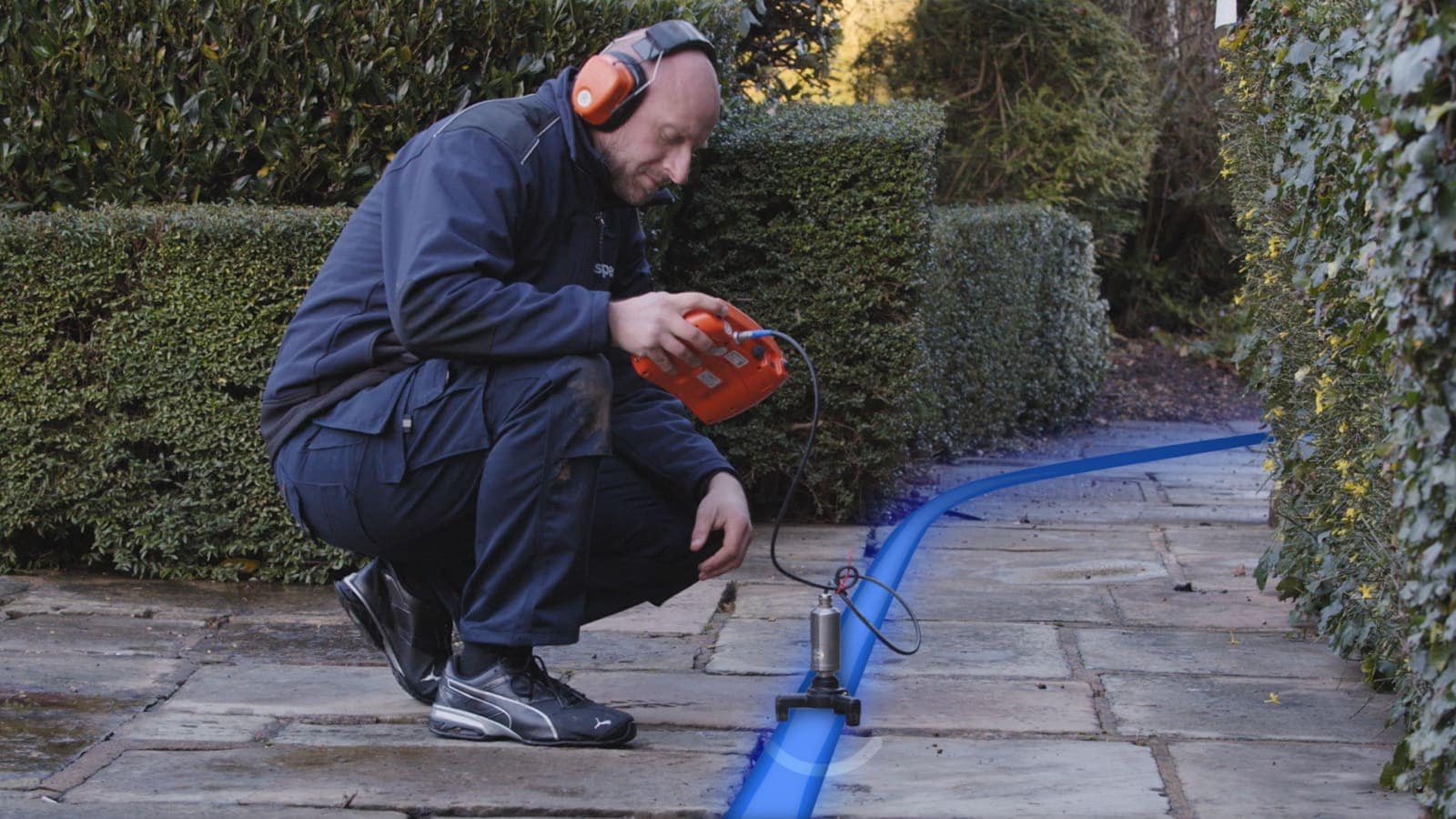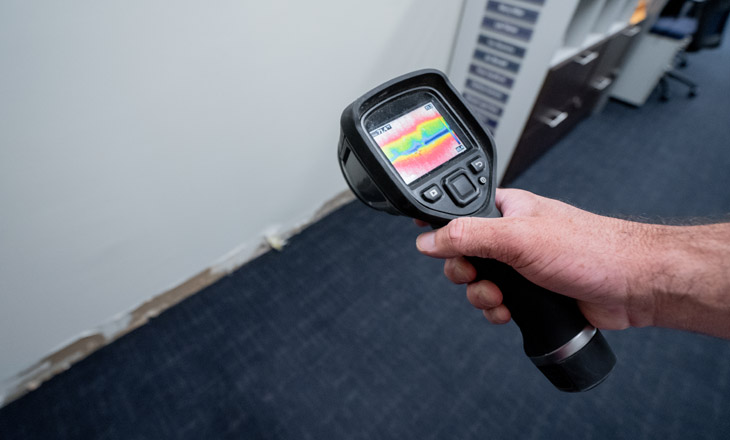Cutting-edge Solutions for Early Discovery of Water Leaks in Structures and Infrastructure
As the stability of structures and infrastructure is vital, the challenge of very early detection of water leakages has actually spurred innovative options that promise to transform the method we safeguard against potential problems. From advanced leakage discovery innovations to the deployment of IoT sensing units for real-time monitoring, the landscape of leakage avoidance is developing quickly. Machine discovering formulas offer a look right into the future of leak prediction, while thermal imaging offers a non-intrusive method for identifying concealed leakages. Automated water flow analysis systems are improving just how leakages are identified and attended to, leading the way for a proactive method to water leakage discovery. Each of these remedies holds the key to making sure the integrity and long life of our built environment, prompting a shift towards a much more lasting and reliable future.
Advanced Leakage Discovery Technologies
Advanced leakage discovery innovations, geared up with sophisticated sensing units and formulas, play a vital function in swiftly identifying and identifying water leakages in different settings. Electromagnetic sensors can identify changes in electro-magnetic areas caused by water, providing yet one more layer of leak detection capacity.

IoT Sensors for Real-Time Monitoring
In the world of modern-day water leakage detection, the combination of IoT sensors for real-time monitoring represents a critical development in boosting aggressive leak discovery capabilities. These sensors supply continual tracking of water systems, providing real-time data on water flow rates, pressure variations, and temperature level adjustments. By leveraging IoT innovation, these sensors can discover also the tiniest abnormalities in water usage patterns, enabling very early recognition of prospective leaks prior to they intensify into significant concerns.
IoT sensors transmit data to a central system, where innovative formulas analyze the info and generate informs or notifications when irregularities are found. This real-time tracking capacity permits residential property proprietors or facility managers to without delay address leakages, lessening water damages, decreasing repair service costs, and conserving water resources.
Moreover, IoT sensors can be integrated with building administration systems, enabling for automatic feedbacks to identified leakages, such as closing off water shutoffs or turning on pumps to minimize the influence of leaks. Overall, the execution of IoT sensing units for real-time monitoring substantially boosts the effectiveness and performance of water leak detection in structures and facilities.
Equipment Understanding Algorithms for Leakage Forecast

One secret benefit of making use of machine learning for leakage forecast is its capacity to continuously learn and boost its precision in time. As even more data is accumulated and fed right into the formula, it can fine-tune its forecasts and adapt to changing conditions, inevitably raising the dependability of leakage detection systems.
In addition, maker discovering algorithms can help in identifying subtle signs of leaks that may go undetected by conventional surveillance approaches. water leak detection. By evaluating complex information collections in real-time, these algorithms can provide very early cautions and informs, permitting punctual treatment and preventative maintenance to mitigate potential water damage and associated prices
Utilizing Thermal Imaging for Leak Detection
Thermal imaging technology supplies a promising approach for finding water leakages in various systems and infrastructures. By utilizing infrared radiation and temperature variances, thermal imaging video cameras can determine surprise leakages that are not quickly visible to the nude eye. When water runs away from pipes or frameworks, it commonly changes the temperature of the bordering area, developing temperature level differentials that thermal cams can capture. These temperature level irregularities are after that converted into visible images, highlighting the specific area of the leakage.
One of the crucial benefits of thermal imaging for leak discovery is its non-intrusive nature. Unlike typical methods that may call for burglarizing walls or floorings to find leakages, thermal imaging enables for non-destructive testing. This not just saves time and decreases costs however additionally minimizes interruption to the structure or facilities being assessed. In addition, thermal imaging can rapidly scan huge locations, providing a detailed overview of potential leak resources in a prompt way. On the whole, using thermal imaging modern technology enhances the effectiveness and accuracy of water leak detection, making it an important device for maintaining the honesty of structures and frameworks.
Automated Water Circulation Analysis Solutions
Exactly how can computerized water circulation analysis systems revolutionize the discovery and administration of leakages in different systems and facilities? Automated water flow evaluation systems use a positive technique to leak detection by continually keeping an eye on water circulation rates and patterns. By establishing standard information, these systems can great post to read quickly determine discrepancies that may show a leakage, enabling timely intervention to avoid extensive damage.
These systems utilize sophisticated formulas to examine real-time information and supply immediate notifies when abnormalities are identified, enabling for quick activity to be taken. In addition, automatic water flow analysis systems can be incorporated with structure monitoring systems or IoT systems, improving general efficiency and enabling remote tracking capabilities.
Moreover, the data gathered by these systems can be used for anticipating maintenance objectives, assisting to identify potential powerlessness in the framework before leaks occur. Generally, the application of automated water circulation evaluation systems can substantially enhance leak detection and monitoring practices, inevitably leading to cost financial savings, decreased water wastefulness, and enhanced sustainability in buildings and infrastructure.

Final Thought
Finally, the combination of sophisticated leak discovery modern technologies, IoT sensors, artificial intelligence algorithms, thermal imaging, and automatic water circulation evaluation systems supplies ingenious services for very early detection of water leakages in buildings and go to this web-site infrastructure. These read this post here modern technologies allow real-time monitoring, prediction of leakages, and effective detection approaches to prevent water damage and wastefulness. Carrying out these remedies can help in maintaining the stability and sustainability of water systems in numerous setups.